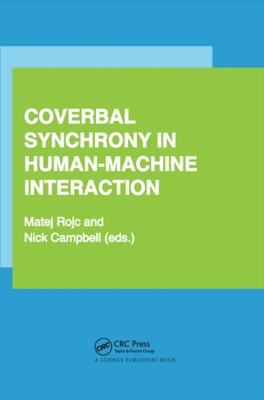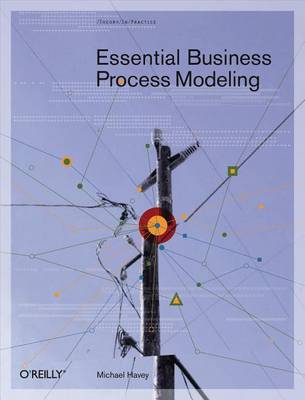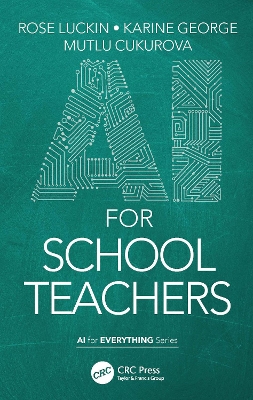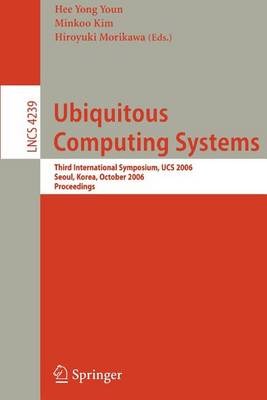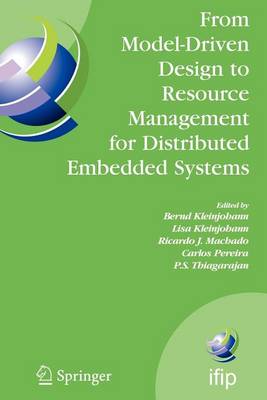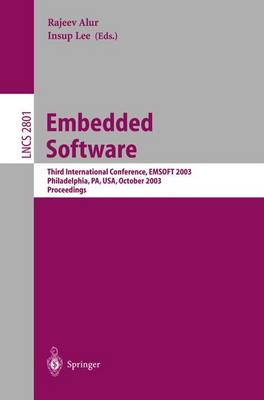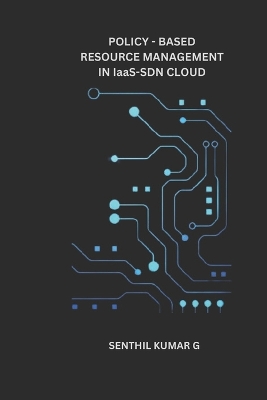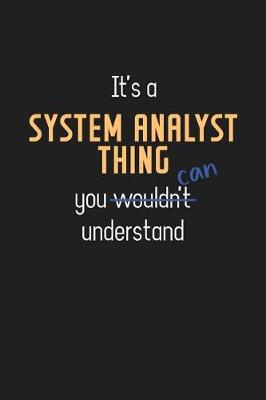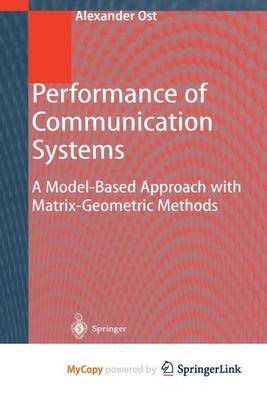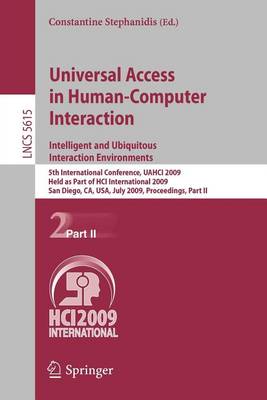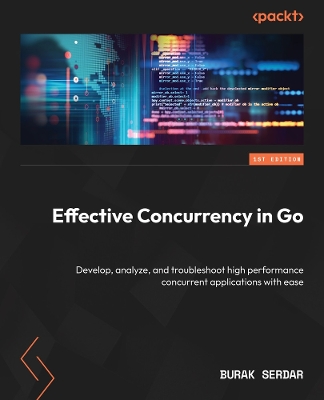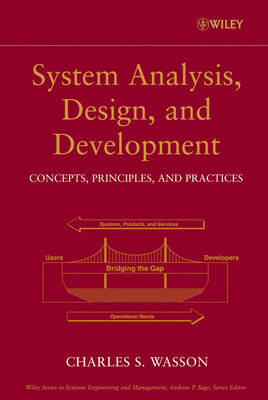Coverbal Synchrony in Human-Machine Interaction
Embodied conversational agents (ECA) and speech-based human-machine interfaces can together represent more advanced and more natural human-machine interaction. Fusion of both topics is a challenging agenda in research and production spheres. The important goal of human-machine interfaces is to provide content or functionality in the form of a dialog resembling face-to-face conversations. All natural interfaces strive to exploit and use different communication strategies that provide additional m...
Software Architecture with C# 9 and .NET 5
by Gabriel Baptista and Francesco Abbruzzese
Design scalable and high-performance enterprise applications using the latest features of C# 9 and .NET 5Key FeaturesGain fundamental and comprehensive software architecture knowledge and the skillset to create fully modular appsDesign high-performance software systems using the latest features of .NET 5 and C# 9Solve scalability problems in web apps using enterprise architecture patternsBook DescriptionSoftware architecture is the practice of implementing structures and systems that streamline...
AI for School Teachers (AI for Everything)
by Rose Luckin, Karine George, and Mutlu Cukurova
What is artificial intelligence? Can I realistically use it in my school? What’s best done by human intelligence vs. artificial intelligence, and how do I bring these strengths together? What would it look like for me, and my school, to be AI Ready? AI for School Teachers will help teachers and headteachers understand enough about AI to build a strategy for how it can be used in their school. Examining the needs of schools to ensure they are ready to leverage the power of AI and drawing example...
The use of smart phones have changed the way we assimilate, process, and create information through new forms of interaction. This book covers the interaction with pattern recognition, attention, memory, learning, situation awareness, decision making, problem solving, judgement, perception, creativity, and imagination, across many social systems.
This essential resource for professionals and advanced students in security programming and system design introduces the foundations of programming systems security and the theory behind access control models, and addresses emerging access control mechanisms.
Ubiquitous Computing Systems (Lecture Notes in Computer Science, #4836) (Information Systems and Applications, incl. Internet/Web, and HCI, #4239)
This book constitutes the refereed proceedings of the Third International Symposium on Ubiquitous Computing Systems, UCS 2006, held in Seoul, Korea in October 2006. The 41 revised full papers presented were carefully reviewed and selected from 359 submissions. The papers are organized in topical sections on human computer interaction modeling and social aspects systems communications, as well as smart devices and security.
From Model-Driven Design to Resource Management for Distributed Embedded Systems presents 16 original contributions and 12 invited papers presented at the Working Conference on Distributed and Parallel Embedded Systems - DIPES 2006, sponsored by the International Federation for Information Processing - IFIP. Coverage includes model-driven design, testing and evolution of embedded systems, timing analysis and predictability, scheduling, allocation, communication and resource management in distrib...
Loose-Leaf Managment Information Systems for the Information Age
by Stephen Haag and Maeve Cummings
Machine Learning Algorithms for Environmental Spatial Data: Theory and Case Studies
by Mikhail Kanevski
Based on both theoretical investigations and industrial experience, this book provides an extensive approach to support the planning and optimization process for modern communication networks. The book contains a thorough survey and a detailed comparison of state-of-the-art numerical algorithms in the matrix-geometric field.
The 13th International Conference on Human-Computer Interaction, HCI Inter- tional 2009, was held in San Diego, California, USA, July 19-24, 2009, jointly with the Symposium on Human Interface (Japan) 2009, the 8th International Conference on Engineering Psychology and Cognitive Ergonomics, the 5th International Conference on Universal Access in Human-Computer Interaction, the Third International Conf- ence on Virtual and Mixed Reality, the Third International Conference on Internati- alization,...
Gain a deep understanding of concurrency and learn how to leverage concurrent algorithms to build high-throughput data processing applications, network servers and clients that scale. Key Features Learn about the Go concurrency primitives, Go memory model, and common concurrency patterns Develop the insights on how to model solutions to real-life problems using concurrency Explore practical techniques to analyze how concurrent programs behave Book DescriptionThe Go language has been gaining m...
Excel in site reliability engineering by learning from field-driven lessons on observability and reliability in code, architecture, process, systems management, costs, and people to minimize downtime and enhance developers’ output Purchase of the print or Kindle book includes a free eBook in the PDF format Key Features Understand the goals of an SRE in terms of reliability, efficiency, and constant improvement Master highly resilient architecture in server, serverless, and containerized worklo...
Systems Analysis, Design, and Development (Wiley Series in Systems Engineering and Management, #22)
by Charles S. Wasson
* Written in a practical, easy to understand style, this text provides a step-by-step guide to System Analysis and Engineering by introducing concepts, principles, and practices via a progression of topical, lesson oriented chapters.* Each chapter focuses on specific aspects of system analysis, design, and development, and includes definitions of key terms, examples, author's notes, key principles, and challenging exercises that teach readers to apply their knowledge to real world systems.* Conc...
Creating Webbased Laboratories (Advanced Information and Knowledge Processing)
by C.C. Ko, Ben M. Chen, and Jianping Chen

